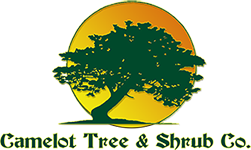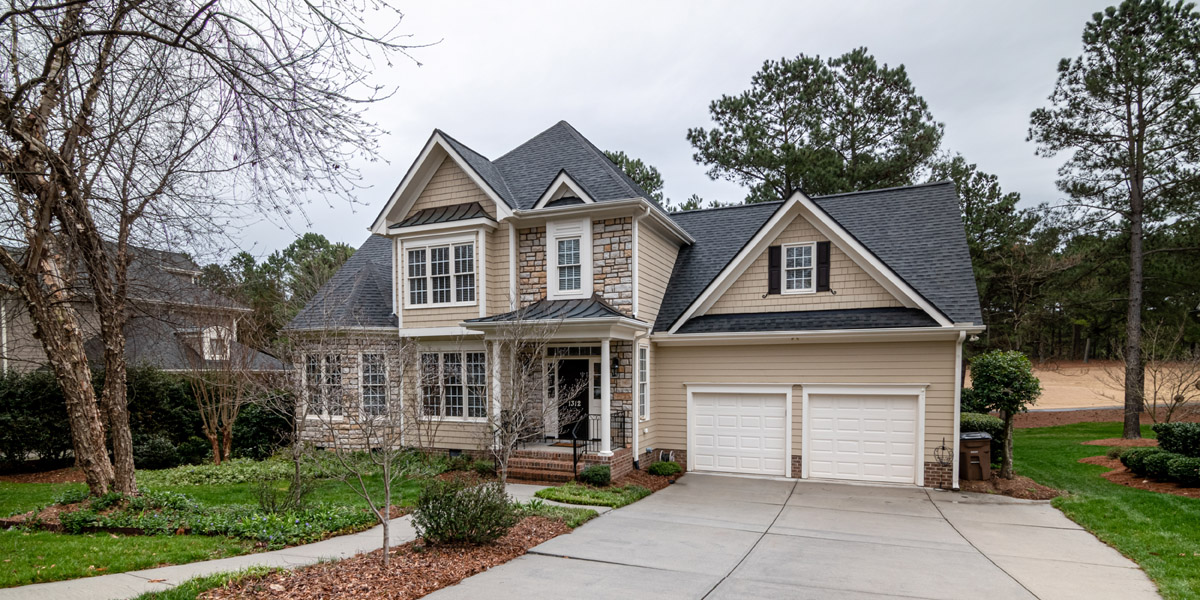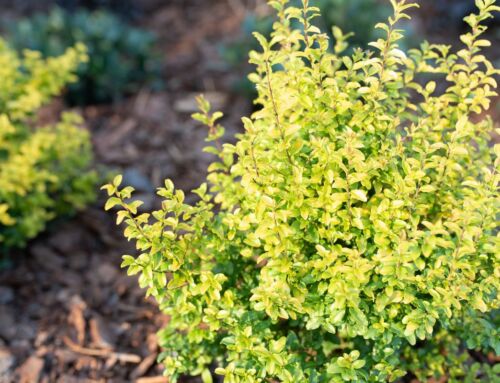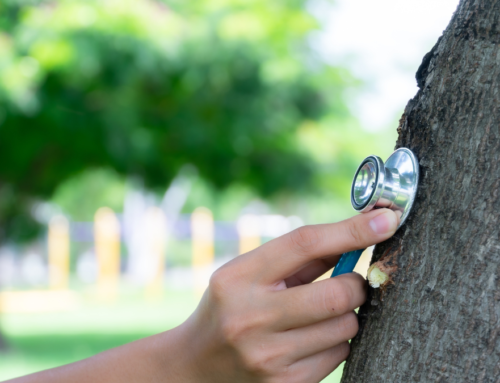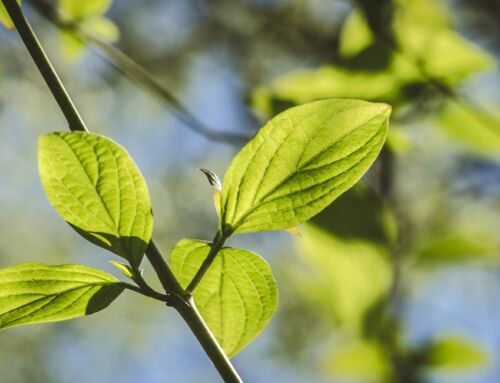That first glimpse every spring, when bare branches noticeably begin to show leaves and add color to the environment that is your piece of the Earth. It’s always a special sight. But what should you do if your trees don’t bloom?
The first thing is not to fret, at least not immediately. Sometimes trees just need to “get on track” on their own schedule. That includes measuring daytime light duration, possessing the innate ability to become privy to additional hours of daylight that allow for better budding options. Or, trees need to detect changes in temperature — often drastic changes between the winter and spring seasons. Trees have their own base temperatures that indicate the right temperatures, or minimum temperatures, to begin sprouting.
Remember: Genetics also play a role, so if you look down the block and see trees budding but your large tree in your front yard is bare, it could just be a timing issue predicated on DNA.
While a tree that doesn’t bloom may just be its way of conforming to the spring season and weather after a cold winter, there are some things you can do to alleviate the problem.
One thing to inspect is tree disease. Ash, maple, oak or sycamore trees can be affected by tree diseases that prevent or delay leaf growth. They could suffer from anthracnose, which either may lead to a premature drop of leaves or cause wilting, curling or browning in leaves that do appear.
Calling the experts at Camelot Tree & Shrub Co. is your best bet. We help diagnose any issue and provide methods of working out the problem, including inspecting tree buds and stems, mulching trees to help them recover from the winter season, or utilizing better methods of hydration. Healthy trees, for example, tend to be moist and a green color is evident underneath the bark.
If you take a look and still can’t figure out the problem, the best course of action is to call us! We can help discover the issue and fix it immediately, so you can enjoy your tree for many seasons to come.
